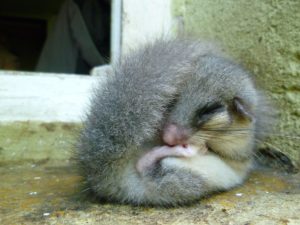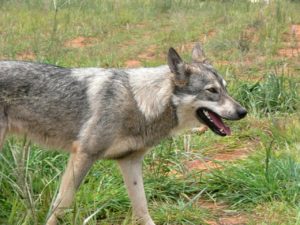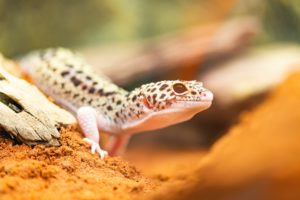
Back in October, I had the pleasure, as editor of BMC Zoology, to attend the Wildlife Research and Conservation 2019 (WRC2019) conference in Berlin, Germany.
Organized by the Leibniz Institute for Zoo and Wildlife Research (Leibniz-IZW), the European Association of Zoos and Aquaria (EAZA) and WWF Germany, the conference was attended by delegates from more than 40 different countries. It took place in certainly the most unusual conference venue I had been to, the Botanic Garden and Botanical Museum Berlin.
It was a full and varied schedule, with 2 parallel sessions being held over much of the conference. Each session was introduced via one of a series of excellent plenary talks including:
- Barbara Taborsky on the significance of developmental plasticicity in dangerous environments
- Michael Cant on kin selection theory and the evolution of social behavior and mating systems
- John Fa on the consequences of the functional extinctions of animal species, focusing on the impact on the wild meat industry.
- Michaela Hau on hormones, individual plasticity and fitness
- Mike Bruford on the genomic management of endangered species
The sessions themselves were packed with an exciting programme of fascinating research, covering various aspects of wildlife research and conservation. It was difficult to choose which of those to highlight but here are a couple of my favorites.
Taking the risk? Effects of aging on timing of hibernation and reproductive investment (presented by Claudia Bieber)
When small animals hibernate, they greatly reduce the risk of being killed by predators. As the risk of being killed by predators during the active season is far greater, this results in a contrast which makes the life history theory of these “small hibernators” interesting to explore. Beiber et al hypothesized that as these animals get older and therefore become less able to reproduce, they accept that they are more likely to fall victim to predators during the active season; they reduce the amount of time they hibernate to maximize their chances of reproduction. Indeed their research showed that older edible dormice are not only more likely to reproduce (delaying hibernation) but are likely to wake up from their hibernation earlier than younger dormice. This suggests that hibernation is used in two different ways – first to save energy during harsh environmental conditions and second as a life-history trait used to maximize fitness of the species.

Analysis of conflict reduction strategies in Iran; Case study: Kharvana district, East Azerbaijan province (presented by Nader Habibzadeh)
With human population growth comes greater human activity that encroaches wildlife habitats and increases the risk of human-wildlife conflicts. This is particularly the case with carnivores. One such example is the wolf; herders in the Kharvana district, East Azerbaijan province have complained increasingly about wolves killing their livestock (goat and sheep). Habibzadeh described a study their group conducted that aimed to discover how these herders felt about the wolves and how possible it may be to use nonlethal methods of preventing the animal killing their animals. To this end, a number of herdsman in the area were interviewed.

Most were concerned about their livestock not being adequately protected but although they did express a desire to kill the wolves, they were also open to the possibility of employing non-lethal strategies as well; the most popular was using herd dogs to protect the goats and sheep in their care.
In addition, students were encouraged to submit a poster for the conference poster competition. There were 121 posters in total, covering topics as varied as parasite infections in carnivores, social monogamy in monkeys, prediction models for suitable habitats for Persian leopards and more practical subjects such as smart and efficient box traps for capturing wildlife.
Poster Competition
BMC Zoology provided some sponsorship for the event and I was delighted to present the first prize for a poster entitled “Sensitive window for sex determination in a lizard with environmental sex determination” by Barbora Straková, Lukáš Kubička and Lukáš Kratochvíl. The poster introduces preliminary work on the effect of the environment (predominately temperature in this case) on the sex determination in leopard geckos.

And to end…
The conference was closed with a banquet at the beautiful Zoological Garden Berlin.
The IZW provides a number of conferences throughout the year, the next one being the 6th International Berlin Bat Meeting (IBBM2020), also taking place in Berlin, on the 23rd-25th March 2020.
I look forward to attending another of their conferences soon.
Comments